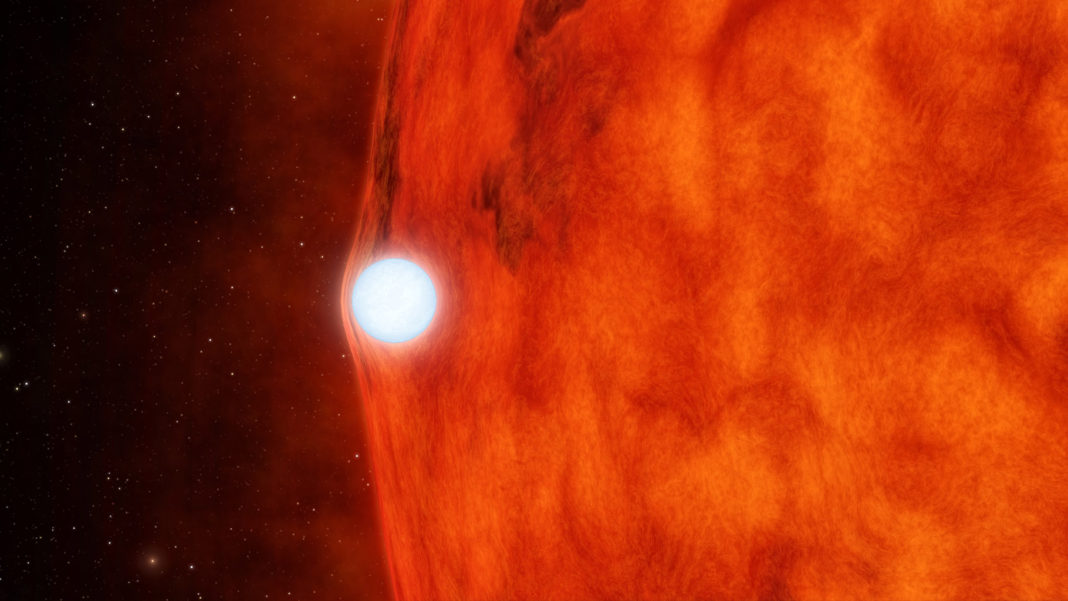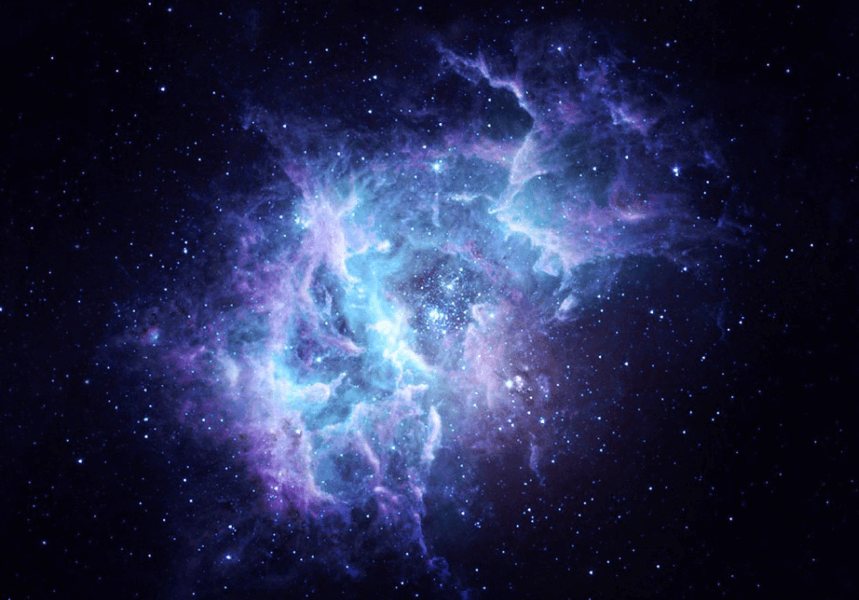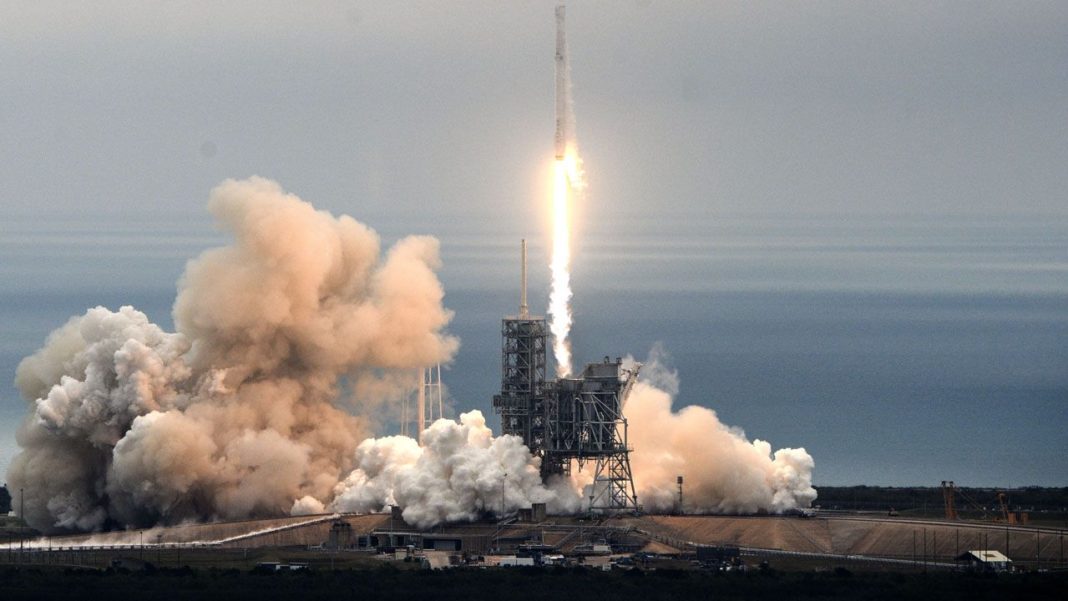Einstein was a very clever physicist who was determined to prove among other things that the speed of light in a vacuum was independent of the motion of everyone observing it in what is known as the theory of special relativity. This gave physicists a new framework to go on and introduced new concepts of space and time as well. Over the next ten years after that, Einstein published the theory of general relativity, which goes on to explain the effects of gravity.
In Einstein’s theory of special relativity, he concluded that the laws of physics remain the same for all non-accelerating observers. He also demonstrated how that when within a vacuum, the speed of light is the same no matter how fast or slow the observer is traveling. This proved the notion of space-time where the two aspects are interwoven into one and that things which happen at the same time for one observer could happen at a completely different time for another. In working out his theories, Einstein realized that big objects caused space-time to distort and create some strange phenomena along the way, including:
- Gravitational lensing: This is when the light is bent around a massive object, such as black hole, and as a result acts as a lens for anything that’s behind it. One example of this can be seen in Einstein’s Cross, a quasar in the Pegasus constellation. This particular quasar is situated about 8 billion light-years away, behind a galaxy that’s 400 million light years away. Because of the intense gravity of the galaxy bending the light from the quasar, four separate images of it appear in the galaxy.
- The shifting of Mercury’s orbit: It may be happening gradually, but the orbit of Mercury is changing because of space-time’s curvature around the sun.
- Gravitational redshift: This is where the electromagnetic radiation of an object stretches out within a gravitational field. This is a process known as redshifting.
- Gravitational waves: Ripples that are created in space-time are known as gravitational waves and are thought to be the result of violent events, such as the collision of two black holes. Such events have been detected already by LIGO with the spokesperson for the instrument, Gabriela Gonzalez, stating, “We can test general relativity, and general relativity has passed the test.”
Related Links;
- Gravity-Bending Find Leads to Kepler Meeting Einstein / JPL NASA
- NASA’s Gravity Probe B Confirms Two Einstein Space-Time Theories / NASA
- Gravitational Wave Detector Finds Double Colliding Black Holes / Space.com
More News To Read
- Terminal Cancer Patients Lives to See Another Day With Thanks to Revolutionary Gene Therapy
- 8 Industries That Will Be Most Affected By Machine Learning
- The AstroRad Radiation Shield: The New Protective Vest for Deep Space Travel
- NASA Released a Huge Amount of Software Everybody Can Use For Free
- Is Vitrification Key to Cutting Down Organ Transplant Lists?











